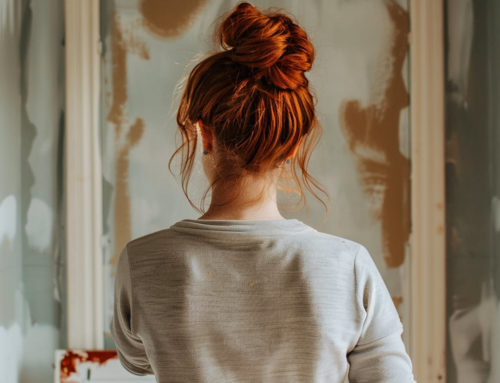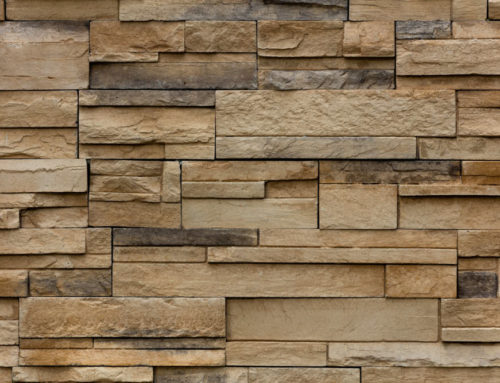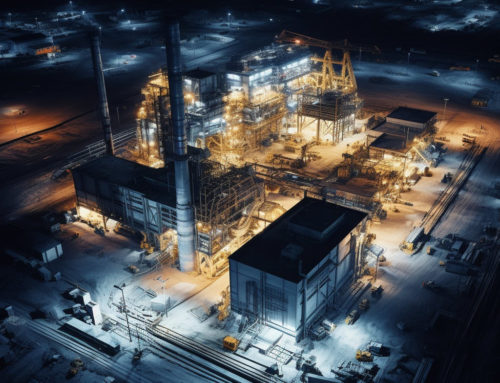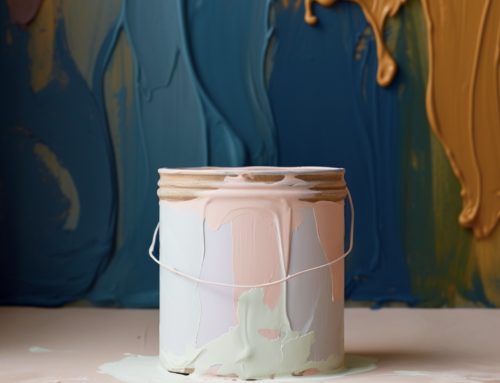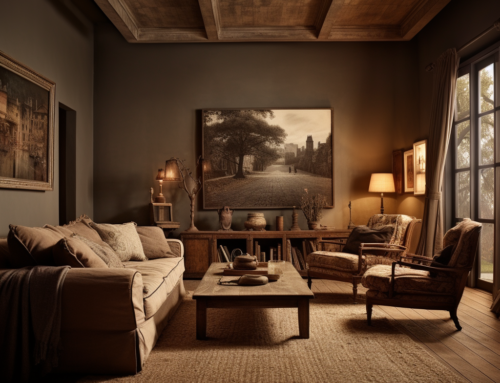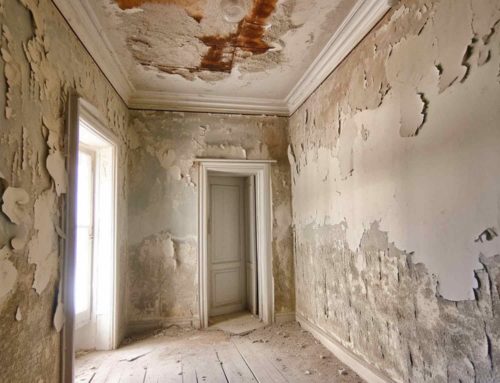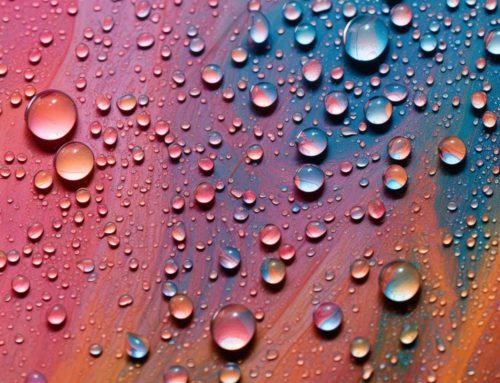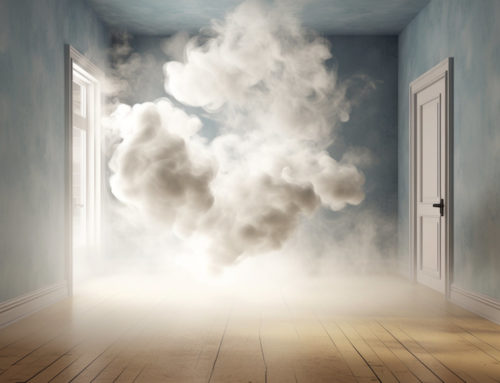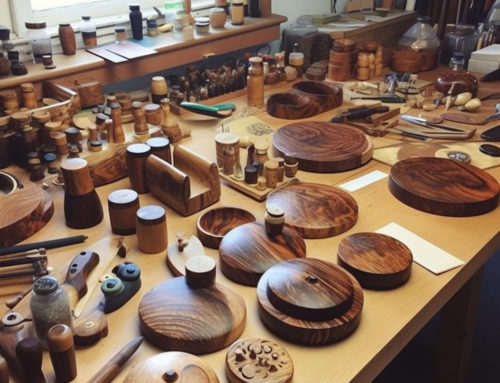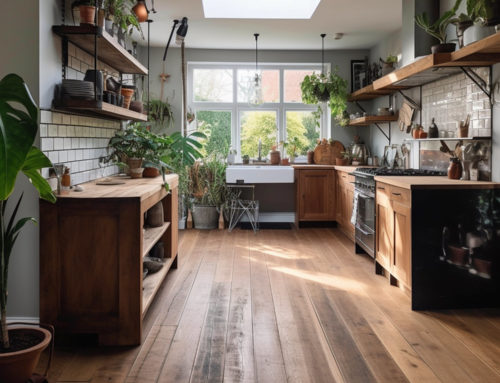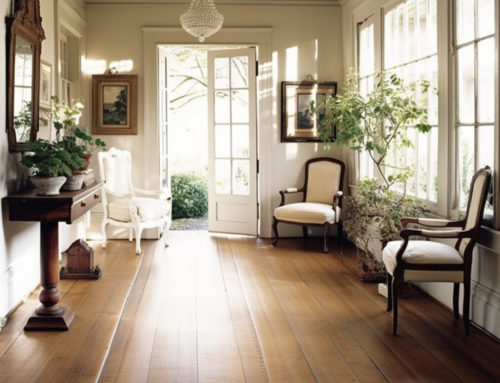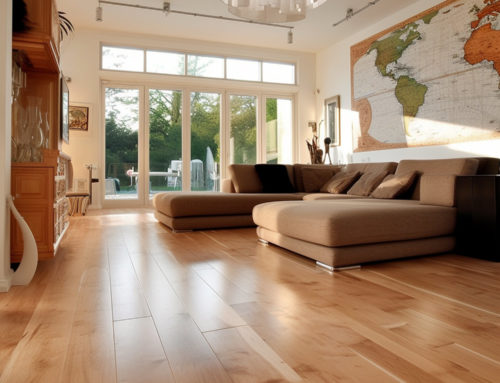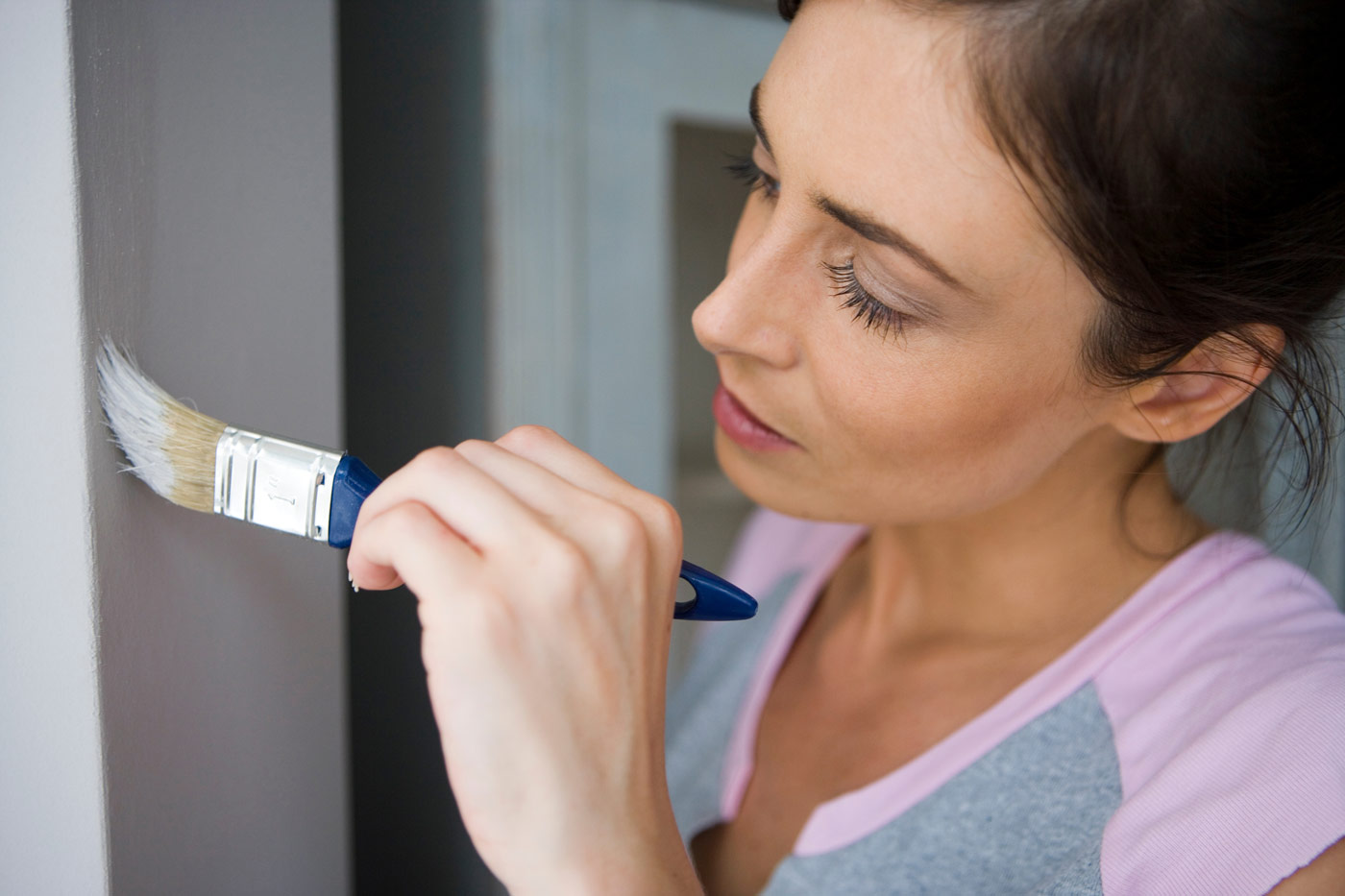 Introduction to chemical exposure for painters and decorators.
Introduction to chemical exposure for painters and decorators.
Household paints are undoubtedly one of the most integral visual components of a building. A good combination of colour accents and nice, even coats can enhance the indoor outlook by a great degree during construction and renovation phases, which is why choosing the right paint for your home is really important.
While paints have the potential to soothe the ambiance and elevate the indoor environment, they often contain chemical compounds that pose a considerable threat to the painter and the occupant. In this article, we will be discussing some of the dangers associated with paint chemical exposure in paint, from petrochemical house paints. We don’t want our decorators health issues to be due to something so easily avoided as literally switching to natural paints.
Components of the Common House Paint
The commonly found house paint includes three main ingredients in its constitution, which are:
- Pigments
- Binders
- Solvents
Pigments
The pigments in the paint are responsible for the colour and degree of opacity of the coat. Some pigments also determine certain characteristics of the paint like its permeability, weathering, and chemical resistance. A chemical that is widely present as a pigment in paints is titanium oxide, which will be discussed later on in this article.
Binders
Binders in paints allow for its adhesion to surfaces and the binding of pigments. Binders in paints also add to the chemical resistance of the paint to external conditions and are essentially what makes the paint ‘durable’ and ‘long-lasting’.
Solvents
This is the liquid component of the paint which holds all other constituents in a suspension. This is the liquid that basically evaporates after application, leaving behind the pigments and binders to attach to the surface in the form of a film or coat of paint. Some of the chemical components of solvent based paints and coatings include methylated spirits, alkanes, methyl ethyl ketones, toluene, xylene, and acetone. As the paint dries, the solvent evaporates into the surrounding atmosphere, releasing all sorts of chemicals into the surrounding.
Chemical Components in Petrochemical Paints and Their Impact on Human Health
Titanium Dioxide
Titanium dioxide is commonly found in white house paints. It is an odourless, white powder, mixed into the solvent as a colouring pigment. It irritates the eyes, as well as the nose and throat on inhalation; furthermore, titanium oxide is known as a suspected carcinogen, specifically associated with lung cancer.
Volatile Organic Compounds
Petrochemical house paints contain Volatile Organic Compounds (VOCs), which is a great hazard to human health. VOCs are organic compounds that are emitted in gaseous form from the surfaces of certain solids and liquids.
What allows them to be released in this manner is their low boiling points which in turn permits them to evaporate and sublimate into the surrounding environment at room temperature. What makes volatile organic compounds a point of this discussion here is that these compounds are severely detrimental to human health depending on their concentration in the atmosphere and the period of exposure, and to paint exposure.
Some of the commonly found volatile organic compounds in paint are benzene and methylene chloride which are compounds known to be associated with cancer; moreover, methylene chloride is converted into carbon monoxide inside our bodies, rendering health consequences that are similar to that of carbon monoxide exposure. Other compounds that fall into this category are known to cause eyesight problems, headaches, a general feeling of illness, failing memory and more – and these are some of the short term effects of volatile organic compounds on human health.
Chemicals in VOC paints that classify as VOCs include: toluene, xylene, acetone, formaldehyde, benzene. They can also be found in the protective coating of other materials, which can also cause adverse health effects. Carbon based organic solvents can still release VOCs, and be aware that in the United states, the laws are different for hazardous materials as compared to here in the UK.
Biocides
These are added to paints to prevent the growth of bacteria, fungus, and algae within the container. The growth of these organisms can impair the quality of paint and can even render the product useless. It goes without saying that biocides are toxic to human health, particularly when ingested, which is why their quantity is carefully regulated by the Biocidal Product Directive.
Metals
A lot of paints contain metals to facilitate the drying process of the paint. Some of the most commonly found metals in paints are cobalt, cerium, calcium, manganese, and zirconium. These metals are widely associated with a range of health problems that include allergies, heart complications, and lung diseases.
Who is at the greatest risk? What can be done to reduce or eliminate it?
The first and major risk of the chemicals released by petrochemical paints is to the painter and decorator. The solvent of fresh, wet paint starts to evaporate off of the surface as soon as it is exposed to the air. These fumes are what give the paint the ‘new paint’ smell, which is essentially a combination of all the chemicals in the solvent.
During the process of painting, the painter, or decorator, is constantly exposed to these fumes. Without proper precaution, these gaseous chemicals can greatly harm the professional’s health and wellbeing.
The exact chemical composition of the paint will determine the degree of this damage. According to EPA, latex or acrylic paints release less harmful chemicals into the environment than their oil-based counterparts. Another way to minimise the health consequences of petrochemical paints is to opt for paints that are free of VOCs.
Simple things such as staying from white spirits, latex paint and paints that contain heavy metal would be a great start. Not painting chemical paints as a pregnant women is advised, and generally always opening windows would be ideal.
Health and Safety Tips for Painters and Decorators
Taking proper measures and precautions can greatly reduce the negative impact of the chemicals present in house paints.
- Carefully select the house paint after reading the label in order to select one that is no-VOC or low-VOC. The label also contains information about the type of paint, whether it is water-based or oil-based.
- Read the instructions on the paint to know which precautions to take before, during, and after painting, such as gloves, goggles, or a respirator to minimise the risk of inhaling toxic fumes. We strongly advise wearing at least a pair of gloves and goggles while working with any sort of paint.
- Ensure a healthy amount of ventilation in the area being painted to avoid the build-up of harmful fumes and VOCs. Keep the windows open and working fans to replace the unhealthy air with fresh air.
- Take breaks outside and away from the smell of paint to avoid inhaling too much of the fumes.
- Avoid eating or snacking in a freshly painted room or during the process of painting.
- Keep any leftover house paints firmly closed. If you are done with a particular paint or finish, keep it sealed to avoid unnecessary evaporation of the solvent into the environment.
Conclusion
A lot of people can be careless about the risk involved in painting and re-painting a household and can fail to understand the numerous health hazards associated with the job. Whether you are painting and decorating yourself, or hiring a professional to do so, it is your responsibility to ensure that the material used and the conditions of the process do not unnecessarily undermine the health of all the people who are going to be exposed to it.
We highly recommend opting for natural house paints that contain a minimal amount of chemicals and have environment-friendly ingredients. Such paints do not emit harmful fumes during the painting and drying processes, can enhance the wall breathability of your building, and alleviate the comfort of your house altogether. In light of all of this, would you really want to go for synthetic, petrochemical house paints?
References:
https://www.healthline.com/health/paint-fumes#exposure-risks
https://www.ncbi.nlm.nih.gov/books/NBK304433/
https://www.artsy.net/article/artsy-editorial-paints-toxic-chemicals-avoid-harming-environment
https://molekule.science/are-paint-fumes-bad-to-inhale-in-your-home/
https://www.hse.gov.uk/construction/healthrisks/hazardous-substances/solvents.htm
https://www.ncbi.nlm.nih.gov/pmc/articles/PMC2078137/

Hi! I’m Chris, the founder of The Organic & Natural Paint Co, and I’m focused on the education and promotion of natural non toxic alternatives to chemical laden everyday products that we just take for granted. We have a choice, and I want to raise awareness of alternative products that don’t actually harm us!
This company is my way of pushing the awareness of better indoor air quality, something that I am personally passionate about due to my own children’s breathing medical conditions. I just couldn’t paint with big brand standard petrochemical paint any longer and wanted another solution.
Read more: About me
Twitter: NaturalPaintCo
Instagram: thenaturalpaintco


